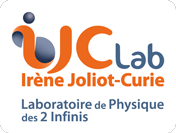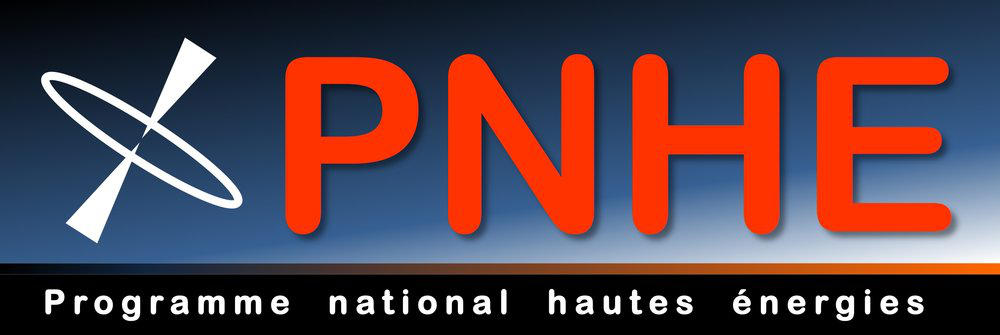The Gravitational waves

GW in a nutshell
Gravitational waves are ripples in the fabric of space and time itself. Those cosmic distortions were predicted in 1916 by Albert Einstein and detected for the first time in 2015 by the LIGO interferometers a century after their predictions.
The known gravitational wave sources
Currently, more than 50 GW sources have been detected so far by the ground-based GW detectors. They are mainly produced in galaxies from the merger of compact objects in binary systems involving either two black holes (BBH), two neutron stars (BNS) or a mix of them (NSBH).
Electromagnetic counterparts from GW sources
The BNS mergers are the most promising source of electromagnetic counterparts as a fraction of the neutron stars matter can be expulsed and radiate through several mechanisms right after the coalescence.
Kilonova emission
It is a relatively fast (day/week timescale) and faint visible/infrared (Mv = -16 at maximum luminosity) transient phenomenon. It is radiated by a fairly isotropic ejecta expulsed at few fractions of the light speed. The kilonova emissions are powered by the radioactive decay of heavy nuclei within the ejecta from the intense bombardment of nuclei lighter than iron by energetic neutrons. Called r-process, this physics requires an energetic and extremely neutron-rich environment to be effective. The violent matter ejections resulting from the coalescences of two neutron stars can produce such environment and has been proposed, two decades ago, as being the main candidates of kilonova and the production sites of the heaviest elements in the Universe.
GW170817 the birth of the multi-messenger astronomy
GW170817 / AT2017gfo is the first kilonova ever observed in coincidence with a GW source ! On 2017, August 17th a GW signal triggers the two LIGO interferometers. Albeit no detection with Virgo, it helps to strongly the sky localization of GW170817. The analysis of the signal revealed that this event originated from the coalescence of two neutron stars located at a distance of about 40 Mpc. About 11h after the GW signal, an optical emission at magnitude of about 17 was detected in the galaxy NGC4993 and unambiguously associated with the merger of the two neutron stars. Additional optical and infrared data taken days after the merger event later confirmed that this optical emission was a kilonova powered by r-process channels !





